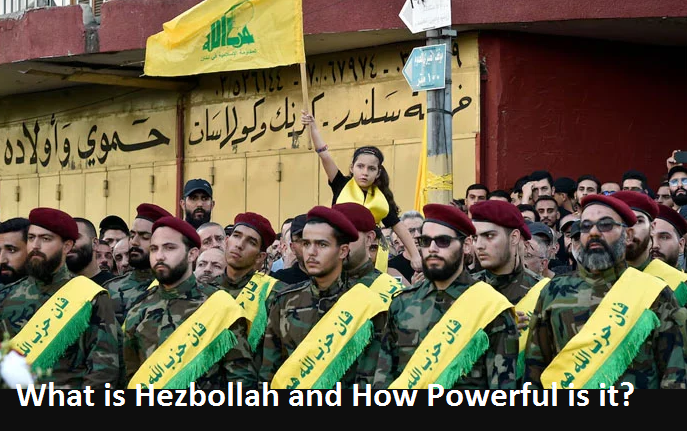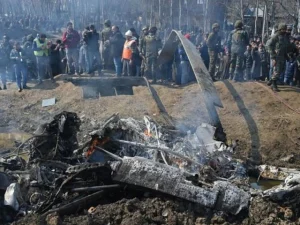Table of Contents
ToggleHezbollah originated during the Lebanese civil war (1975-1990), gradually rising to become one of the most powerful entities in Lebanon. Its resistance efforts began in 1982 after Israel invaded and occupied southern Lebanon. Hezbollah’s actions eventually led to the Israeli withdrawal from Lebanese territory.
Hezbollah’s Political Involvement
Officially founded in 1985, Hezbollah transitioned into the political sphere after the Lebanese civil war ended. In the 1992 parliamentary elections, Hezbollah won eight of the 128 seats, marking its entry into Lebanese politics. Since then, it has become a major player, currently holding 62 seats in parliament with its allies.
The 2006 Hezbollah-Israel Conflict
In 2006, Hezbollah attacked Israeli forces, killing three soldiers and capturing two, triggering a 34-day war. This conflict resulted in the deaths of approximately 1,200 Lebanese civilians and left over 4,000 injured. On the Israeli side, 158 soldiers and civilians lost their lives.
Hezbollah’s Strength and Capabilities
Hezbollah is regarded as having one of the world’s most formidable non-state militias, consisting of thousands of fighters. While Hezbollah claims its forces number around 100,000, independent estimates suggest the group has between 20,000 and 50,000 fighters. According to the Center for Strategic and International Studies (CSIS), Hezbollah’s arsenal includes 120,000 to 200,000 rockets and missiles, including advanced anti-aircraft and anti-ship systems.
Hezbollah’s Social and Welfare Role
In addition to its military and political activities, Hezbollah operates an extensive network of social services, including schools, hospitals, and cultural centers, which serve thousands of people across Lebanon.
Hezbollah’s Role in the Gaza Conflict
During the Gaza conflict that erupted in October last year, Hezbollah launched attacks on northern Israel in response to Israeli strikes on Gaza, supporting the Palestinians. Israel retaliated by bombing Lebanese areas near the border, leading to widespread displacement on both sides.
Although fighting between Hezbollah and Israel simmered for months, tensions escalated significantly in August after Israel killed a senior Hezbollah commander, Fawad Shukr. This event triggered a renewed surge in hostilities.
By early September, Israel declared its intention to restore control over its northern areas and halt Hezbollah’s attacks. Hezbollah responded with more rocket and missile fire, leading to ongoing clashes. Over the past few weeks, numerous Hezbollah commanders, including high-ranking leaders, have been killed by Israeli strikes. The Lebanese Ministry of Health has reported more than 1,000 Lebanese deaths and over 6,000 injuries due to the recent Israeli attacks.






